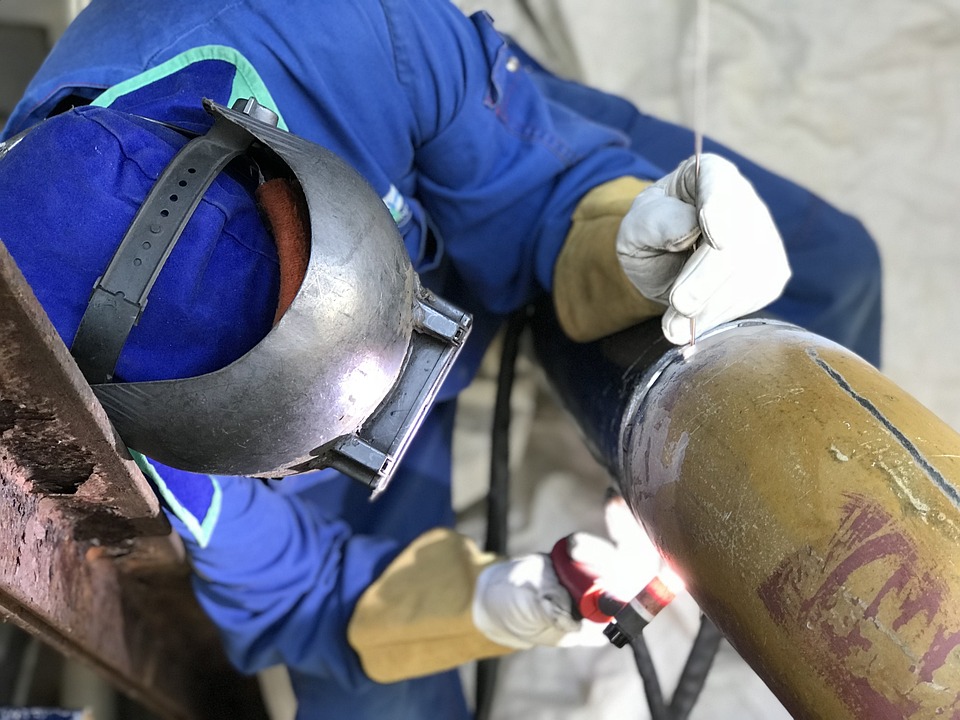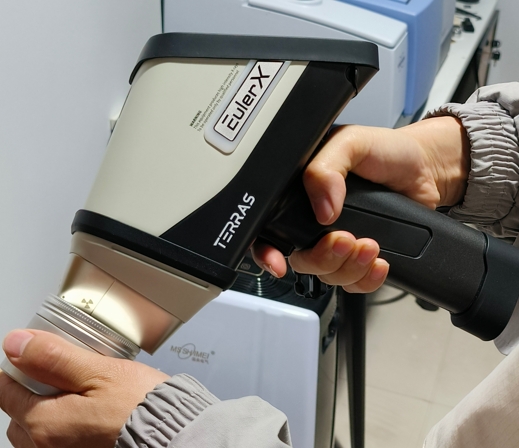
Metal Material
A high-tech enterprise focusing on the development and application of X-ray technology products, committed to becoming a leading supplier of X-ray industrial testing solutions.
Exploring the Versatility of Portable XRF Scanners in Environmental Testing
In the world of environmental testing, precision and efficiency are paramount. The ability to quickly and accurately assess the presence of various elements in soils, water, air, and other environmental matrices can make a significant difference in environmental monitoring and remediation efforts. One of the most promising tools for this task is the portable X-ray fluorescence (XRF) scanner. These compact, easy-to-use devices have revolutionized the way professionals in environmental science, health, and safety conduct field tests and analyze environmental samples. In this article, we'll delve into the versatility of portable XRF scanners in environmental testing, exploring how they work, their applications, benefits, and limitations.

Terras EulerX900 Handheld Alloy Analyzer
What is a Portable XRF Scanner?
X-ray fluorescence (XRF) is a non-destructive analytical technique that measures the elemental composition of materials by analyzing the fluorescent X-rays emitted when a sample is exposed to high-energy X-rays. Portable XRF scanners are compact, handheld devices that use this technology to analyze environmental samples in real-time. These devices have become increasingly popular because of their ability to provide quick, on-site results with minimal sample preparation.
How Portable XRF Scanners Work in Environmental Testing
When a portable XRF scanner is directed at a sample, the X-rays emitted from the device interact with the atoms in the sample. This interaction causes the atoms to emit secondary (fluorescent) X-rays, which are then detected and analyzed by the scanner. The energy levels of these fluorescent X-rays are characteristic of specific elements, enabling the scanner to identify and quantify the elements present in the sample.
Applications of Portable XRF Scanners in Environmental Testing
Portable XRF scanners have a broad range of applications in environmental testing. Here are some key areas where these devices are commonly used:
1. Soil and Sediment Analysis
Soil contamination is a significant concern for many environmental studies, particularly in areas affected by industrial activities, waste disposal, or historical pollution. Portable XRF scanners can rapidly analyze soil samples for the presence of heavy metals like lead (Pb), cadmium (Cd), arsenic (As), and mercury (Hg). This enables environmental professionals to assess contamination levels in real-time and make informed decisions about remediation strategies.
2. Water Quality Monitoring
Water pollution is a major environmental issue, and detecting hazardous substances in water sources is critical for both human health and ecological conservation. Portable XRF scanners can be used to analyze sediment or water filtration samples for metal contamination. While these scanners may not be able to analyze the water directly, they can provide valuable data on metals bound to sediments, which can offer insights into the overall health of aquatic systems.
3. Air Quality Testing
Portable XRF devices can also be employed to monitor particulate matter (PM) and aerosols in the air, particularly for metals such as arsenic, nickel, and lead. By testing the particulate matter collected on filters, XRF scanners can provide a quick analysis of the types and concentrations of toxic metals present, which is vital for regulatory compliance and public health assessments.
Benefits of Portable XRF Scanners in Environmental Testing
1. Non-Destructive Testing
One of the major advantages of portable XRF is that it is a non-destructive testing method. Samples remain intact after analysis, meaning they can be used for other tests or preserved for future study. This is especially important in environmental testing, where the integrity of samples is crucial for accurate long-term monitoring.
2. Real-Time Results
The ability to generate real-time, on-site results is invaluable in environmental testing. Immediate data allows for faster decision-making, whether in pollution response efforts or during environmental audits. This can significantly speed up project timelines and reduce the need for waiting on laboratory results.
3. Portability and Ease of Use
Unlike traditional laboratory instruments, portable XRF scanners are compact, easy to transport, and can be operated in the field with minimal training. This increases their accessibility and makes them a valuable tool for a wide range of environmental professionals, including field technicians, regulators, and consultants.
4. Cost-Effectiveness
Portable XRF devices eliminate the need for expensive laboratory testing and sample transport, which can significantly reduce costs in environmental testing. Additionally, since results are available on-site, the need for follow-up sampling and additional testing is often minimized.
5. Low Detection Limits
Modern portable XRF devices can detect trace levels of contaminants, enabling the identification of even small concentrations of hazardous elements. This capability is crucial in detecting subtle but significant environmental pollution that might otherwise go unnoticed.

Terras EulerX900 Handheld Alloy Analyzer
The EulerX 900 series has proved to be an excellent choice for metal analysis in a wide fields, providing fast, accurate results directly to the user. Thanks to its cutting-edge electronics and sophisticated mathematical algorithms, the EulerX 900 series ensures superior measurement quality within seconds. The applications of the EulerX 900 handheld are extensive, covering not only solids but also liquids and powders. The EulerX 900 series handheld alloy analyzers are extensively utilized for alloy grade identification and quality control, scrap metal recycling, precious metals analysis, PMI, and more.
Conclusion
Portable XRF scanners have proven to be versatile and invaluable tools in the field of environmental testing. Their ability to deliver rapid, non-destructive analysis of environmental samples in real-time has streamlined workflows and enhanced the accuracy of contamination assessments. While they may not replace laboratory analysis in all cases, their portability, ease of use, and cost-effectiveness make them an essential tool for many environmental professionals. Whether used for soil analysis, water quality monitoring, or waste management, portable XRF scanners are shaping the future of environmental testing and contributing to a more sustainable and health-conscious world.
Join Us
Subscribe to our email list for updates & promotions.



